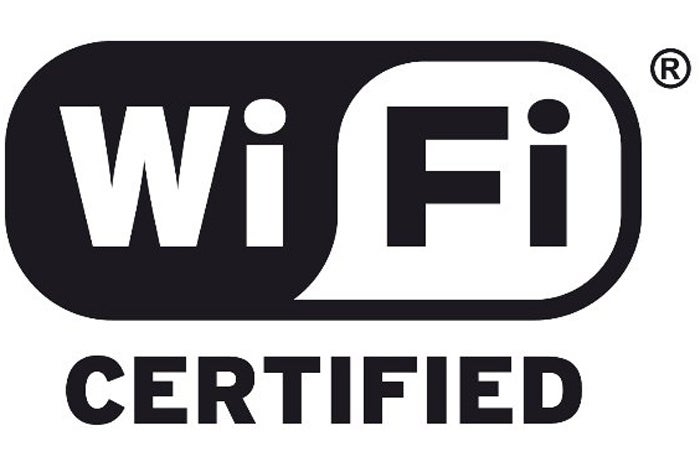If you haven’t invested in a Wi-Fi 6E-compatible router yet, you might never get around to it before the next-generation Wi-Fi 7 standard arrives. There’s already talk it could show up in in iPhones As early as next year. (Macs could get support for the standard not long afterward.
So, what’s so good about this new standard?
The Wi-Fi standard is maintained by the Wi-Fi Allianc and the next iteration will be Wi-Fi 7 (802.11be). This new wireless connectivity breed has multiple advantages to support devices, principally higher peak data rates and much reduced latency. While Wi-Fi 6 was loosely focused on supporting lots of devices, Wi-Fi 7 seeks to boost speed and efficiency in use of those devices.
What the Wi-Fi Alliance says
Here’s how the Wi-Fi Alliance explains the upcoming standard: “Based on the developing IEEE 802.11be standard, Wi-Fi 7 will be the next major generational Wi-Fi technology evolution. Wi-Fi 7 focuses on physical (PHY) and medium access control (MAC) improvements capable of supporting a maximum throughput of at least 30Gbps to increase performance, enable Wi-Fi innovations, and expand use cases. Additional Wi-Fi 7 enhancements will support reduced latency and jitter for time sensitive networking applications including AR/VR, 4K and 8K video streaming, automotive, cloud computing, gaming, and video applications, as well as mission critical and industrial applications. As with other Wi-Fi generations, Wi-Fi 7 will be backward compatible and coexist with legacy devices in the 2.4, 5, and 6 GHz spectrum bands.”
What is the peak data rate?
The alliance promises peak data rates of 46Gbps, which is almost four times faster than Wi-Fi 6 (802.11ax) and 6E and five times faster than Wi-Fi 5 (802.11ac). Wi-Fi 7 is also known as IEEE 802.11be Extremely High Throughput (EHT). It works in the 2.4GHz, 5GHz, and 6Ghz bands.
What is Multi-Link Operation (MLO)
Latency is reduced through new technology that lets users simultaneously send and receive data over multiple radio bands. This is called Multi-Link Operation technology. The standard also raises the number of multi-user MIMO streams to 16. That increase in the number of available MIMO streams and the ability to automatically use the best available stream for any task is expected to reduce latency.
What is Restricted Target Wake Time?
This new Wi-Fi 7 feature means the router will be able to reserve bandwidth for specific types of data. That might mean work video conferencing will get guaranteed bandwidth, even while the family is streaming video, or that IoT-connected devices will see their control signals prioritized. Cisco has a good explanation of this.
What’s the bottom line for Wi-Fi 7?
At its simplest, Wi-Fi 7 will be able to handle the networking needs of dozens of devices. When doing so, it will be able to dynamically provide the best wireless signal to each of those devices, so if channels become congested, data throughput for devices will be…
2023-06-30 10:30:05
Article from www.computerworld.com rnrn
